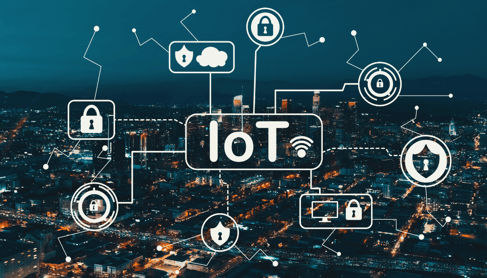In today's digital age, the battle against cyber threats is constantly evolving. As technology advances, so do the tactics of cybercriminals, making it essential for organizations to stay ahead of the curve in protecting their valuable data and assets. One of the most promising advancements in this ongoing fight is the integration of artificial intelligence (AI) into cybersecurity systems.
Gone are the days when traditional security measures alone could adequately safeguard against sophisticated cyber attacks. The emergence of AI has ushered in a new era of cybersecurity, where machines are capable of learning, adapting, and responding to threats with unprecedented accuracy and speed.
So, how exactly is AI revolutionizing cybersecurity?
Enhanced Threat Detection and Response: AI-powered solutions are adept at identifying patterns and anomalies within vast amounts of data, enabling them to detect potential threats in real-time. By analyzing historical attack data and continuously learning from new incidents, AI systems can swiftly pinpoint and neutralize emerging threats before they cause harm.
Proactive Protection: Traditional cybersecurity measures often rely on reactive approaches, responding to threats only after they've been detected. However, AI-driven solutions take a proactive stance by constantly monitoring networks for suspicious activities and vulnerabilities. This proactive approach enables organizations to fortify their defenses before cyber attackers have a chance to strike.
Automated Vulnerability Management: Manually identifying and patching vulnerabilities can be a time-consuming and error-prone process. AI streamlines this task by automatically scanning systems for weaknesses, prioritizing vulnerabilities based on their severity, and recommending appropriate remediation actions. By automating vulnerability management, organizations can significantly reduce their exposure to potential cyber threats.
Behavioral Analysis: Understanding user behavior is crucial for detecting insider threats and unauthorized access attempts. AI algorithms can analyze user activities and flag any deviations from normal behavior, alerting security teams to potential insider threats or compromised accounts. By monitoring user behavior in real time, AI helps organizations stay one step ahead of cybercriminals.
By harnessing the power of AI, organizations can empower their cybersecurity teams to be more efficient and effective in defending against cyber threats. However, the integration of AI into cybersecurity is not without its challenges. Privacy concerns, ethical considerations, and the potential for AI bias are all important factors that must be carefully addressed.
Looking ahead, the future of cybersecurity lies in the continued advancement and integration of AI technologies. As cyber threats become increasingly sophisticated, AI-driven solutions will play an essential role in keeping organizations safe from harm. By staying informed about the latest innovations in AI-driven cybersecurity, organizations can better protect themselves in an ever-evolving digital landscape.







-1.png?width=487&height=278&name=Data%20Management%20(1)-1.png)
